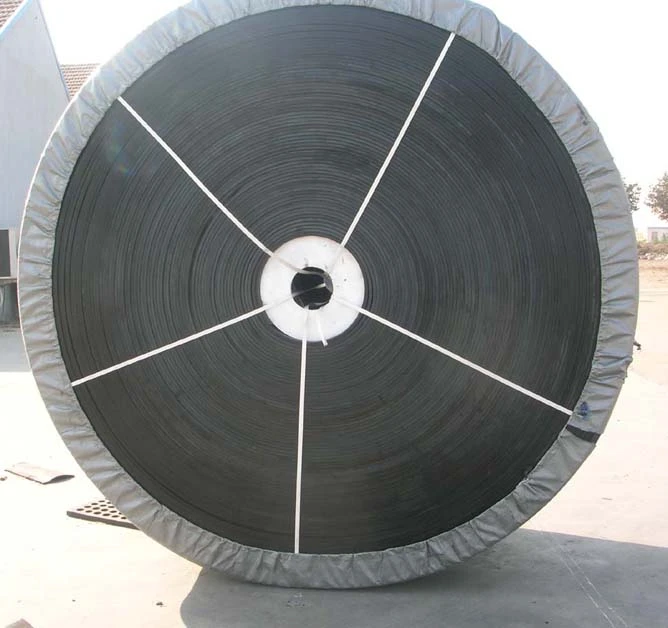 Afrikaans
Afrikaans  Albanian
Albanian  Amharic
Amharic  Arabic
Arabic  Armenian
Armenian  Azerbaijani
Azerbaijani  Basque
Basque  Belarusian
Belarusian  Bengali
Bengali  Bosnian
Bosnian  Bulgarian
Bulgarian  Catalan
Catalan  Cebuano
Cebuano  Corsican
Corsican  Croatian
Croatian  Czech
Czech  Danish
Danish  Dutch
Dutch  English
English  Esperanto
Esperanto  Estonian
Estonian  Finnish
Finnish  French
French  Frisian
Frisian  Galician
Galician  Georgian
Georgian  German
German  Greek
Greek  Gujarati
Gujarati  Haitian Creole
Haitian Creole  hausa
hausa  hawaiian
hawaiian  Hebrew
Hebrew  Hindi
Hindi  Miao
Miao  Hungarian
Hungarian  Icelandic
Icelandic  igbo
igbo  Indonesian
Indonesian  irish
irish  Italian
Italian  Japanese
Japanese  Javanese
Javanese  Kannada
Kannada  kazakh
kazakh  Khmer
Khmer  Rwandese
Rwandese  Korean
Korean  Kurdish
Kurdish  Kyrgyz
Kyrgyz  Lao
Lao  Latin
Latin  Latvian
Latvian  Lithuanian
Lithuanian  Luxembourgish
Luxembourgish  Macedonian
Macedonian  Malgashi
Malgashi  Malay
Malay  Malayalam
Malayalam  Maltese
Maltese  Maori
Maori  Marathi
Marathi  Mongolian
Mongolian  Myanmar
Myanmar  Nepali
Nepali  Norwegian
Norwegian  Norwegian
Norwegian  Occitan
Occitan  Pashto
Pashto  Persian
Persian  Polish
Polish  Portuguese
Portuguese  Punjabi
Punjabi  Romanian
Romanian  Russian
Russian  Samoan
Samoan  Scottish Gaelic
Scottish Gaelic  Serbian
Serbian  Sesotho
Sesotho  Shona
Shona  Sindhi
Sindhi  Sinhala
Sinhala  Slovak
Slovak  Slovenian
Slovenian  Somali
Somali  Spanish
Spanish  Sundanese
Sundanese  Swahili
Swahili  Swedish
Swedish  Tagalog
Tagalog  Tajik
Tajik  Tamil
Tamil  Tatar
Tatar  Telugu
Telugu  Thai
Thai  Turkish
Turkish  Turkmen
Turkmen  Ukrainian
Ukrainian  Urdu
Urdu  Uighur
Uighur  Uzbek
Uzbek  Vietnamese
Vietnamese  Welsh
Welsh  Bantu
Bantu  Yiddish
Yiddish  Yoruba
Yoruba  Zulu
Zulu Optimizing Conveyor Systems with Return Rollers for Improved Efficiency and Performance
Understanding Return Rollers for Conveyors
Conveyor systems are integral to modern manufacturing and distribution processes. They facilitate the efficient movement of materials, reducing the time and labor needed for transportation within a facility. One critical component of any conveyor system is the return roller. This article will delve into the importance of return rollers, their types, applications, and maintenance considerations.
What Are Return Rollers?
Return rollers are the cylindrical components of a conveyor system that support the return side of the conveyor belt. As the belt moves materials from one point to another, it continuously loops back to its starting point, which is where return rollers come into play. These rollers help maintain the belt's alignment, reduce friction, and ensure that the conveyor system operates smoothly.
Importance of Return Rollers
1. Belt Support and Alignment Return rollers provide necessary support to the conveyor belt, ensuring that it stays aligned during operation. Proper alignment is crucial to prevent wear and tear on the belt and other components, leading to prolonged equipment life and reduced maintenance costs.
2. Friction Reduction Return rollers are designed to minimize friction between the conveyor belt and the framework of the conveyor system. Reducing friction not only contributes to the efficiency of the system but also lessens the energy consumption, translating to cost savings for the operation.
3. Material Handling Return rollers play a role in effectively managing the materials being transported. By supporting the belt during its return journey, they help in maintaining a smooth flow of materials, ensuring that there are no interruptions in the process.
4. Noise Reduction Well-designed return rollers can significantly reduce noise generated during the conveyor's operation. This is particularly important in settings where noise control is necessary for compliance with local regulations or to maintain a pleasant working environment.
Types of Return Rollers
Return rollers come in various types to cater to different conveyor systems and applications
1. Standard Return Rollers These are the most common types, typically used in general material handling applications. They are straightforward in design and effective for most conveyor systems.
return rollers for conveyors

2. Rubber-Coated Return Rollers These rollers feature a rubber surface that provides improved grip and reduces damage to the belt, making them ideal for applications with heavy materials.
3. Crowned Return Rollers These rollers are designed with a slight convex shape, which aids in aligning the conveyor belt and preventing it from drifting off course.
4. Heavy-Duty Return Rollers Designed for more demanding applications, heavy-duty return rollers can handle higher loads and are built to withstand harsher conditions.
Maintenance Considerations
Proper maintenance of return rollers is essential to ensure the longevity and efficiency of the conveyor system. Here are some key maintenance practices
1. Regular Inspections Conduct routine inspections to check for signs of wear, misalignment, or damage to the return rollers. Identifying issues early can prevent more significant problems down the line.
2. Cleaning Keep return rollers clean to prevent the buildup of debris that can lead to friction and wear. Cleaning can be done using air blasts or brushes, depending on the level of grime.
3. Lubrication For return rollers with bearings, regular lubrication is crucial to maintain optimal performance and reduce friction. Use the recommended lubricants and follow the manufacturer's guidelines for frequency.
4. Replacement It’s important to replace return rollers when they show signs of excessive wear or damage. Continually using degraded rollers can lead to increased wear on the conveyor belt, resulting in costly repairs and downtime.
Conclusion
Return rollers are an essential component of conveyor systems, playing a pivotal role in ensuring efficiency, reliability, and safety in material handling. Understanding their types, function, and maintenance can help businesses maximize their conveyor system's performance and longevity. As industries continue to evolve, so too will the designs and applications of return rollers, but their fundamental importance in material handling will always remain.
-
Revolutionizing Conveyor Reliability with Advanced Rubber Lagging PulleysNewsJul.22,2025
-
Powering Precision and Durability with Expert Manufacturers of Conveyor ComponentsNewsJul.22,2025
-
Optimizing Conveyor Systems with Advanced Conveyor AccessoriesNewsJul.22,2025
-
Maximize Conveyor Efficiency with Quality Conveyor Idler PulleysNewsJul.22,2025
-
Future-Proof Your Conveyor System with High-Performance Polyurethane RollerNewsJul.22,2025
-
Driving Efficiency Forward with Quality Idlers and RollersNewsJul.22,2025





























